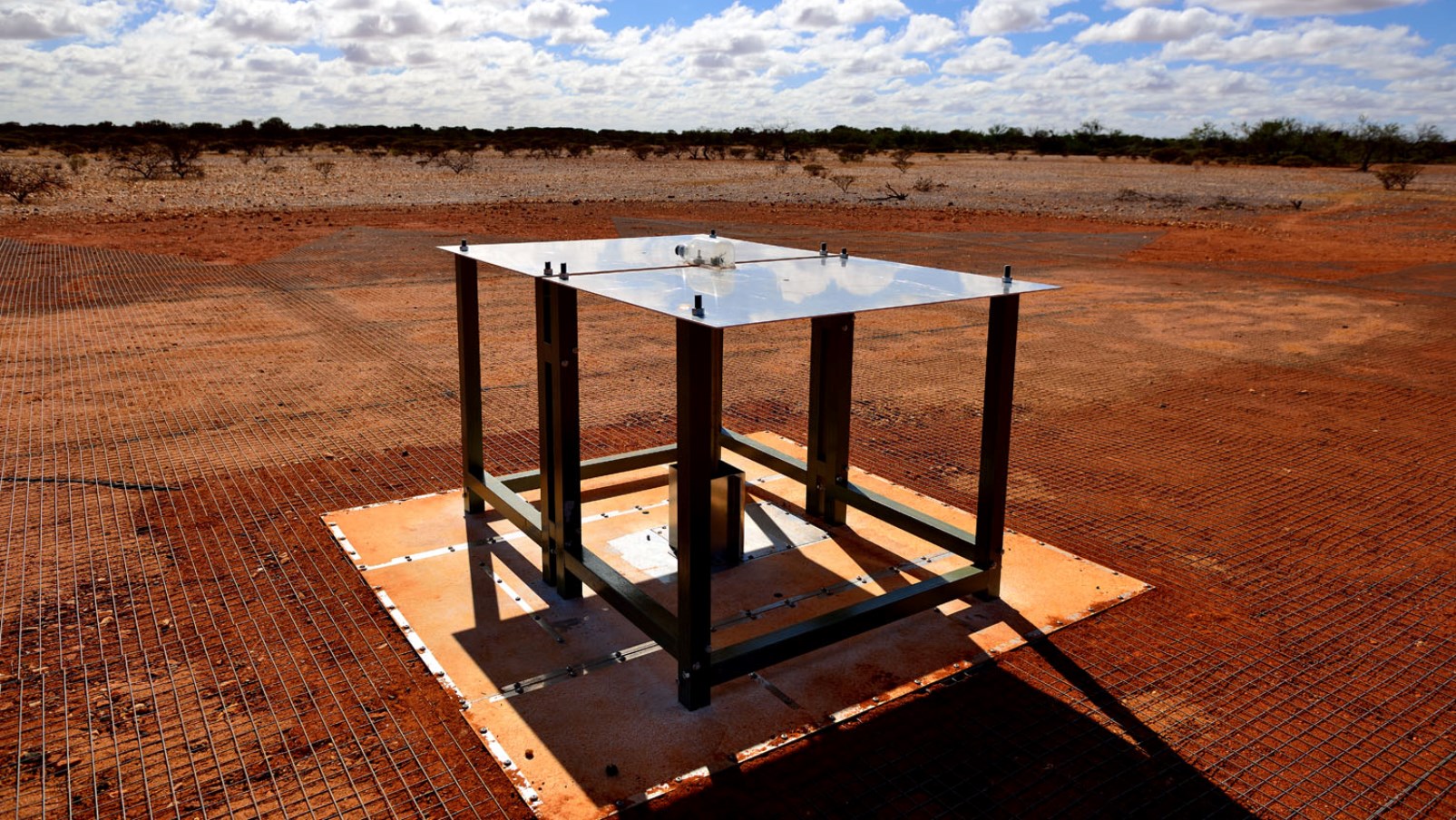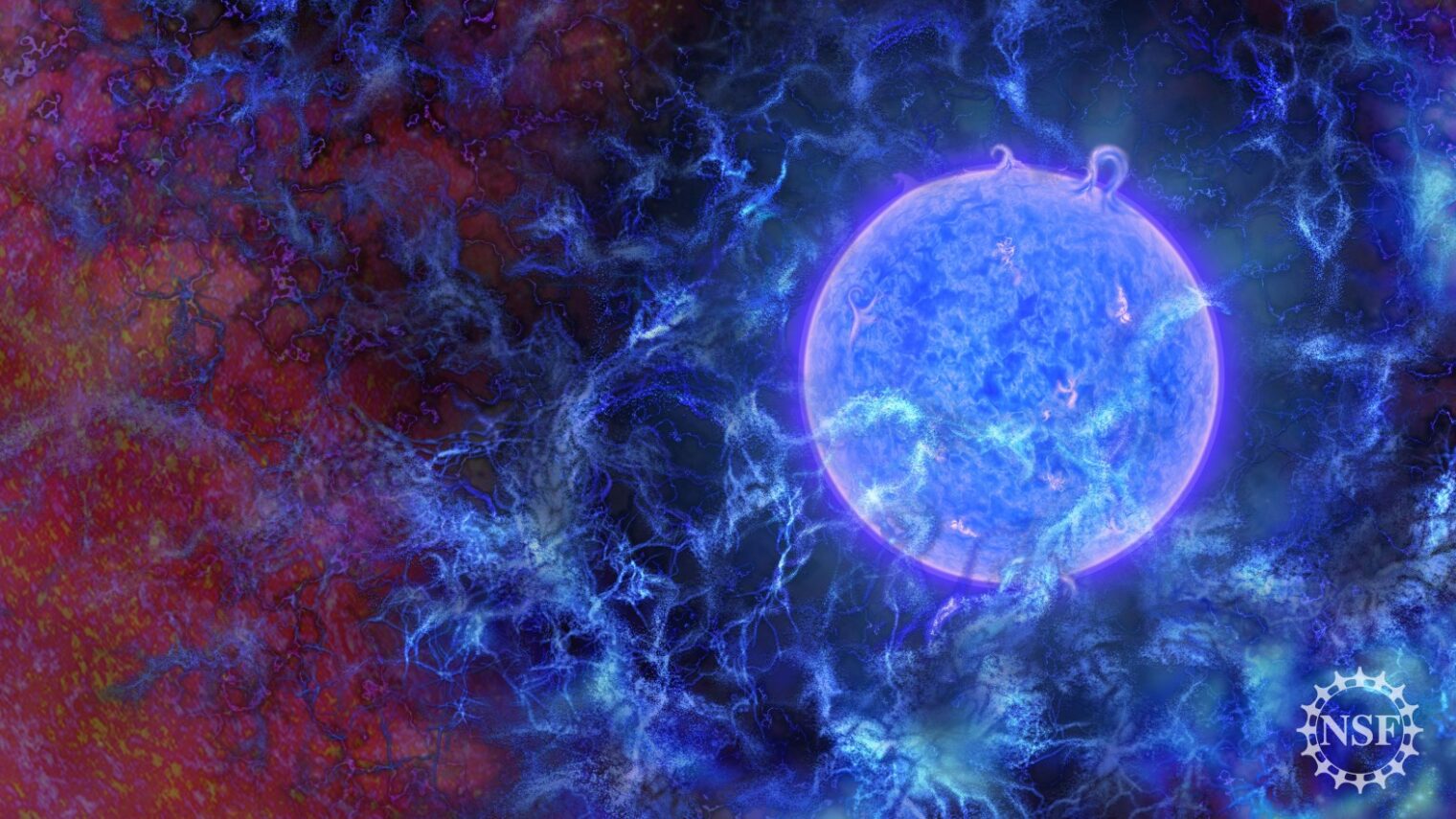“Dark matter,” the most mysterious building block of outer space, was discovered unexpectedly by a team of astronomers led by Prof. Judd Bowman of Arizona State University while they were attempting to detect the earliest stars in the universe through radio-wave signals, according to a study published this week in Nature.
The idea that radio-wave signals implicate dark matter is explained in another Nature paper published this week, by Prof. Rennan Barkana of Tel Aviv University, whom Bowman’s team consulted upon their discovery.
Barkana suggests that the signal is proof of interactions between normal matter and dark matter in the early universe. The discovery, he said, offers the first direct proof that dark matter exists and that it is composed of low-mass particles. Until now, dark matter has been detected only through its gravitational effects because it is impossible to see directly.
“Dark matter is the key to unlocking the mystery of what the universe is made of,” said Barkana, head of the department of astrophysics at TAU’s School of Physics and Astronomy.
“We know quite a bit about the chemical elements that make up the earth, the sun and other stars, but most of the matter in the universe is invisible and known as ‘dark matter.’ The existence of dark matter is inferred from its strong gravity, but we have no idea what kind of substance it is. Hence, dark matter remains one of the greatest mysteries in physics,” he explained.
“To solve it, we must travel back in time. Astronomers can see back in time, since it takes light time to reach us. We see the sun as it was eight minutes ago, while the immensely distant first stars in the universe appear to us on earth as they were billions of years in the past.”
Afterglow of the Big Bang
The signal was recorded by a novel radio telescope Bowman’s team set up at the Commonwealth Scientific and Industrial Research Organisation’s Murchison Radio-astronomy Observatory in Western Australia.
He said it is “the first time we’ve seen any signal from this early in the universe, aside from the afterglow of the Big Bang.”
Bowman’s team estimates that the signal originated 180 million years after the Big Bang and disappeared around 70 million years later when the stars were dying. Scientists had never before seen evidence of stars before about 400 million years after the Big Bang.

Based on the amplitude of the radio-wave signal, the primordial gas was colder than expected. Barkana suggests that the gas cooled through the interaction of hydrogen with cold, dark matter.
“I realized that this surprising signal indicates the presence of two actors: the first stars and dark matter,” said Barkana. “The first stars in the universe turned on the radio signal, while the dark matter collided with the ordinary matter and cooled it down. Extra-cold material naturally explains the strong radio signal.”
Physicists expected that dark matter particles would be heavy, but based on the radio signal, Barkana believes that the dark-matter particle is no heavier than several proton masses.
“This insight alone has the potential to reorient the search for dark matter,” he said.
Barkana predicts that the dark matter produced a specific pattern of radio waves that can be detected with a large array of radio antennas. One such array is the Square Kilometre Array (SKA), expected to be the largest radio telescope in the world, to be constructed by scientists in Australia, New Zealand and South Africa.
“Such an observation with the SKA would confirm that the first stars indeed revealed dark matter,” Barkana said.
Meanwhile, a multidisciplinary project led by Ben-Gurion University of the Negev quantum physics and nanotechnology Prof. Ron Folman and Prof. Derek Jackson Kimball of California State University East Bay is working to construct an advanced dark matter detector based on the theory that some types of dark matter produce a signal imitating a magnetic field and may therefore be detectable by extremely sensitive magnetic sensors.

















